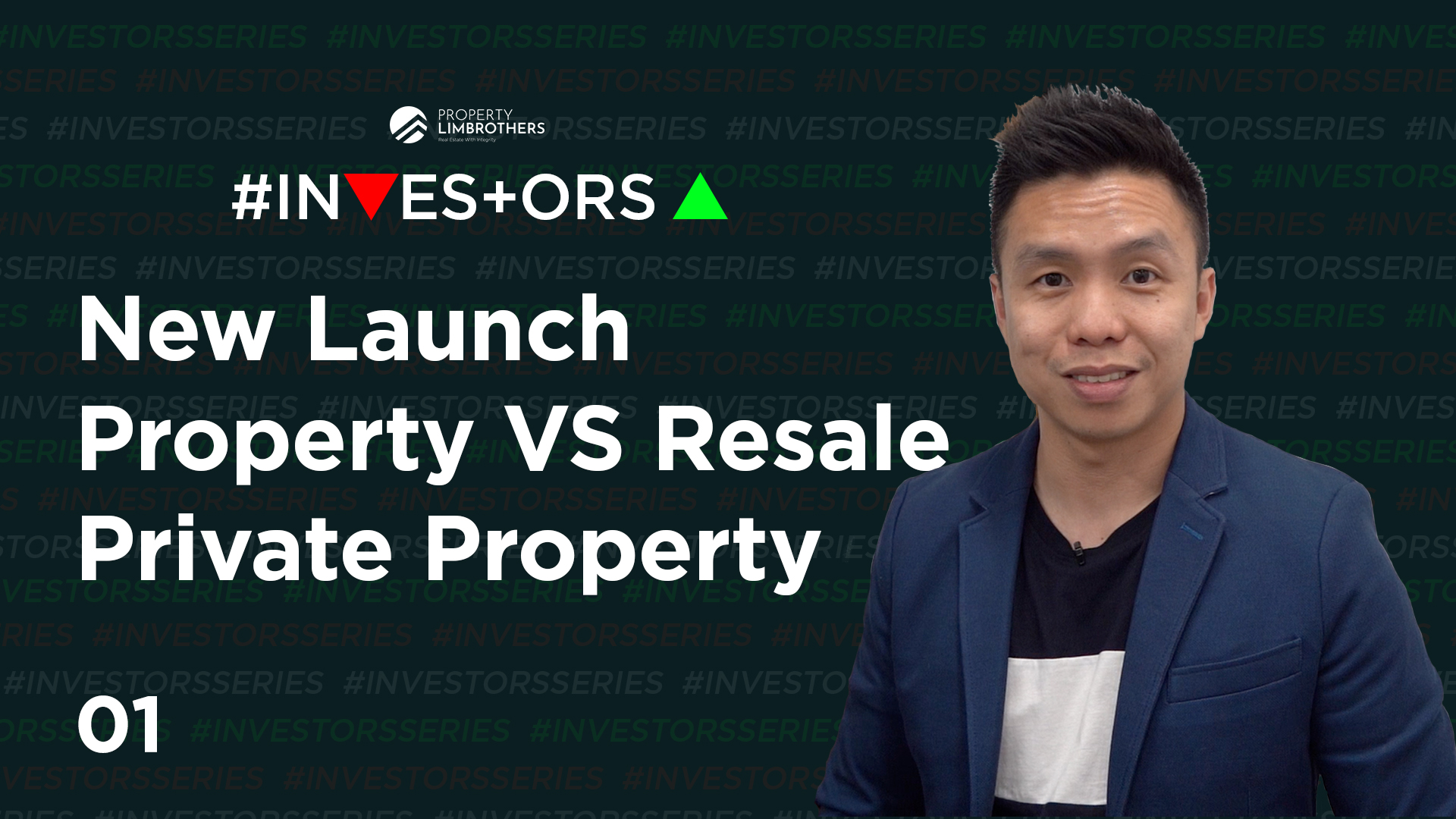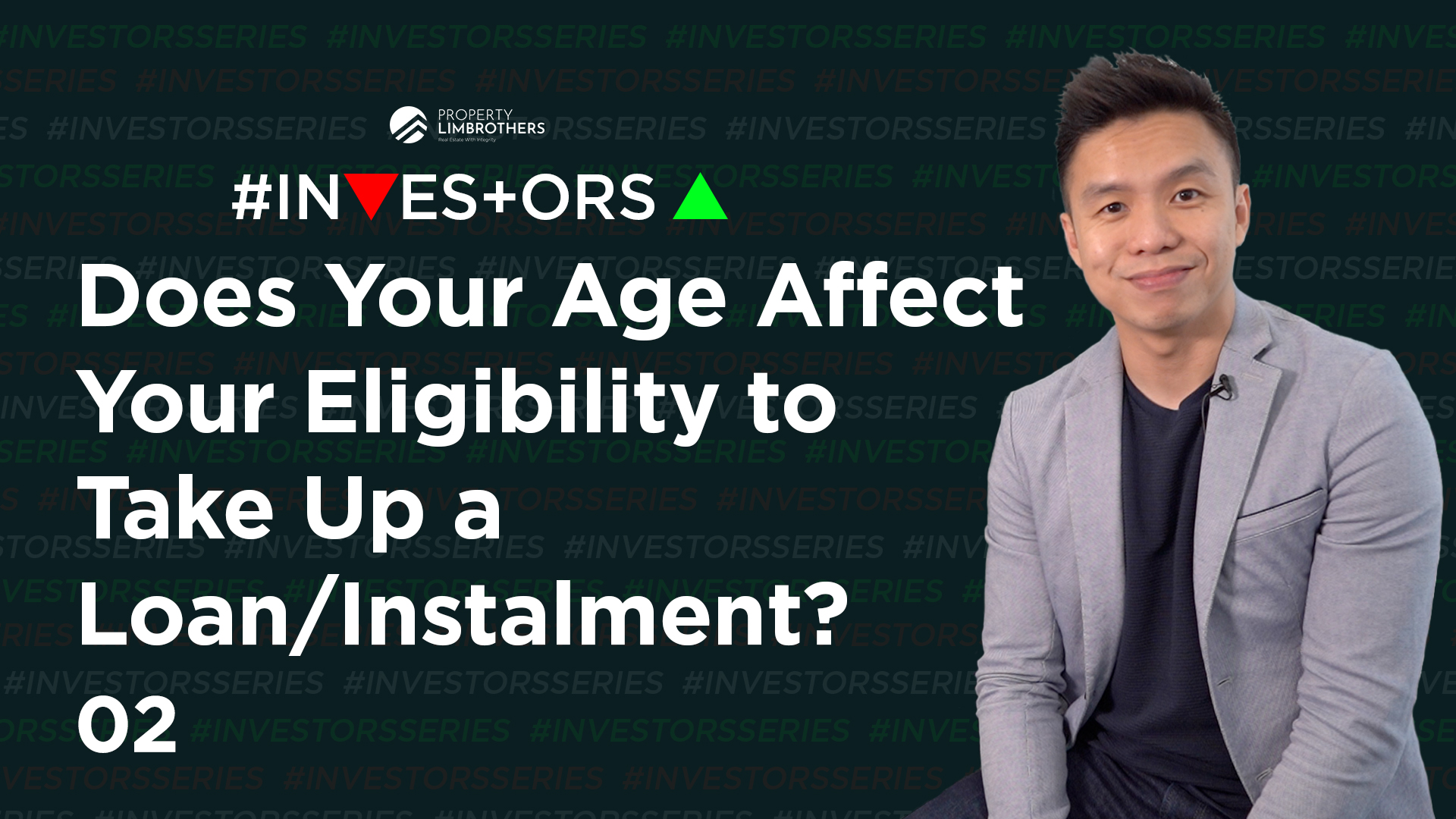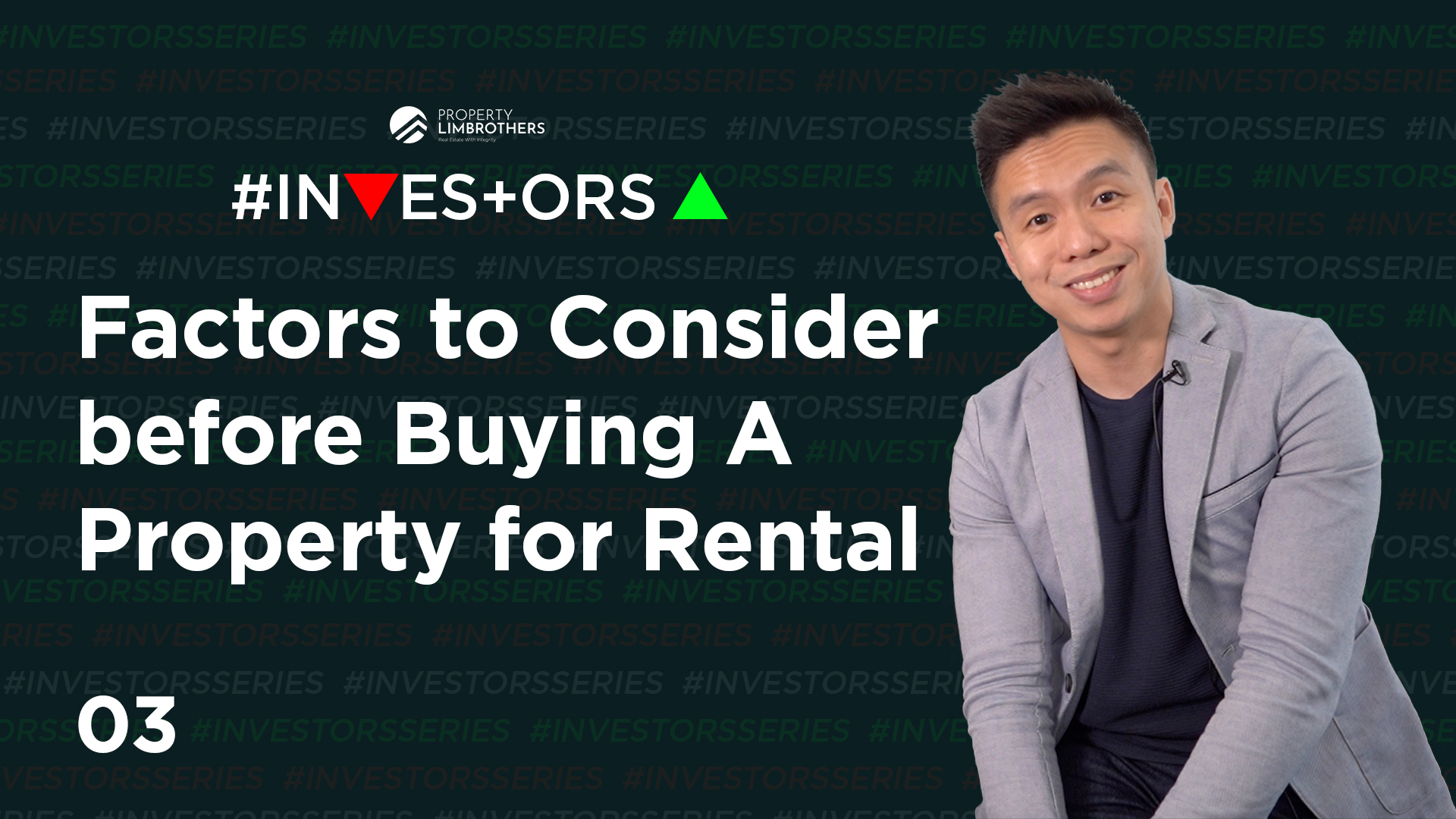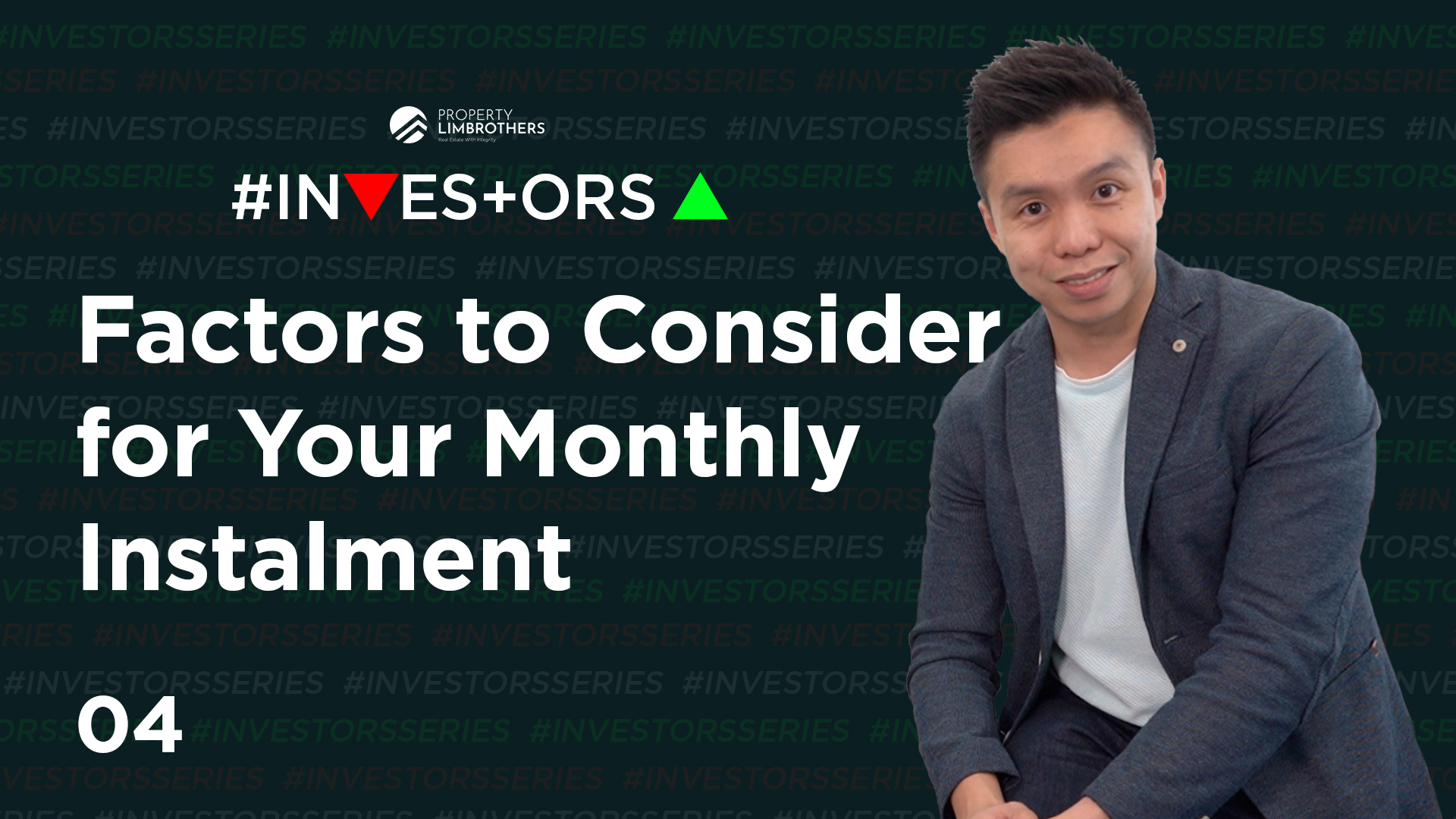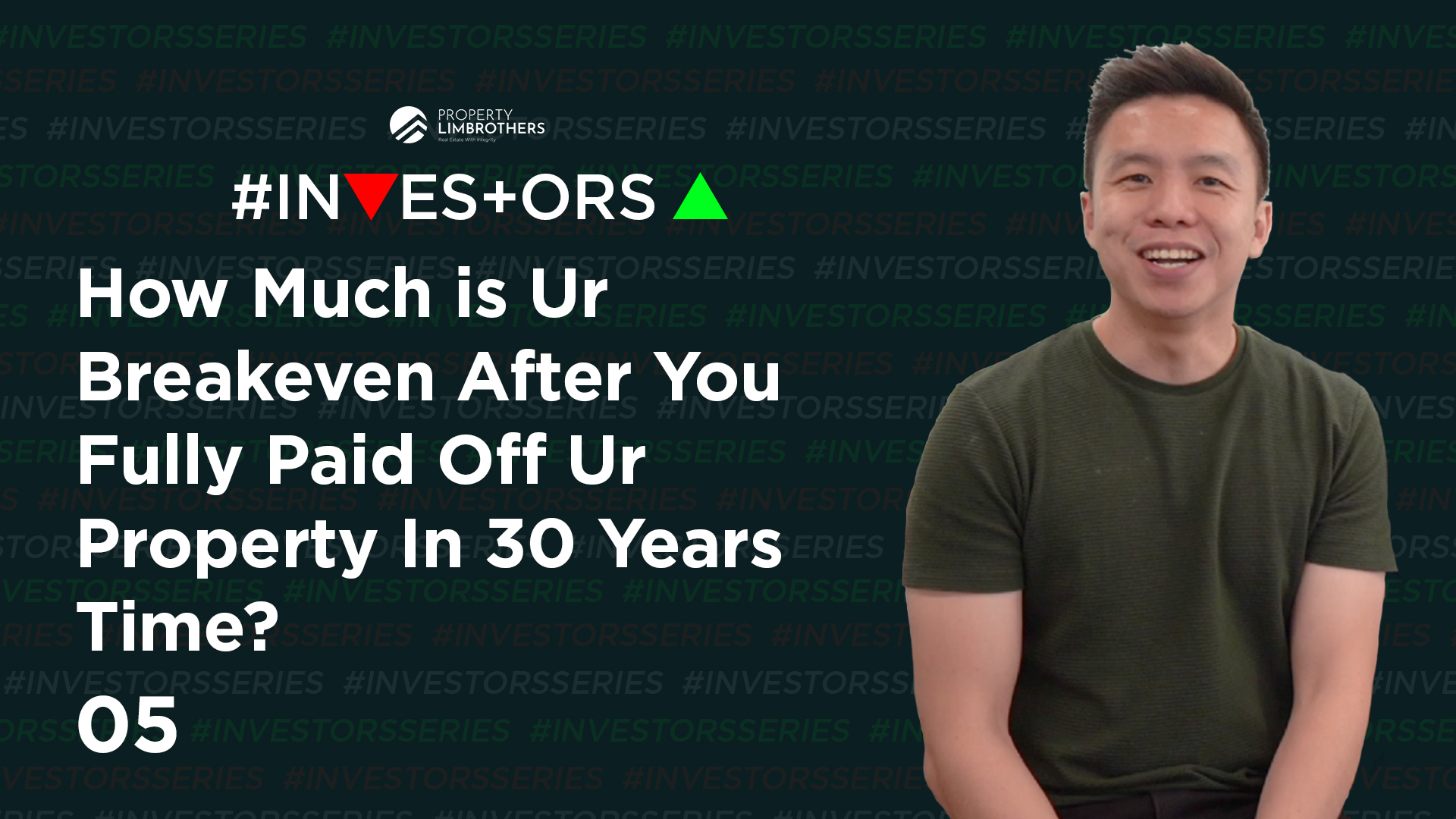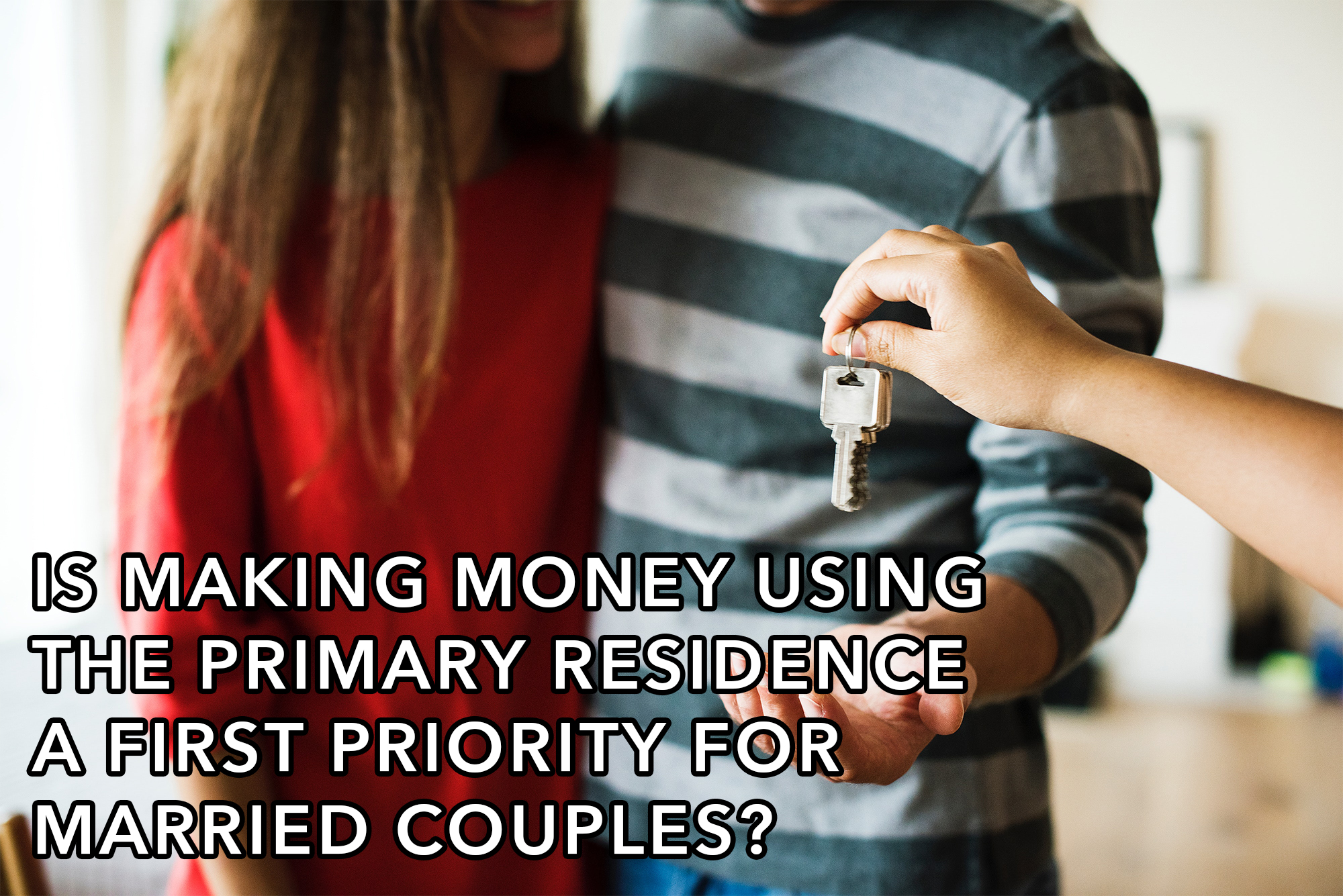
Let’s talk about a scenario that fits the bill by imagining a possible household of this nature. As we know, there are quite a number of couples or young families that are curious about how to make money from their first primary property. For example, this sample scenario below:
Sample Scenario:
The income of husband: $9K
The income of wife: $7K
Both aged approximately 36 years old
Car – 1, fully paid for
Kids – 2
Staying in first HDB property now with some mortgage balance remaining
Years Stayed So Far – 6 years
Defining a Primary Home

Many will agree that a Primary home is a place for a family to be happy, children to be nurtured, marriage to be strengthened, and a base where the breadwinner of the family can safely say that their family is well taken care of in terms of their needs, amenities and convenience. All members should truly be able to enjoy their home and feel at peace in it. It is also a place for the owners to build relationships with each other as well as their friends and extended family members. So, let’s attempt to set this as Criteria 1.
Back to the question, is making money using one’s primary residence the first priority for married couples? What do we have to consider before we answer that question?
My view on the primary home is that Criteria 1 tends to be more important. That is, it may be wise or more sound to put the above into fruition first. That means we should refrain from buying something that does not fulfil Criteria 1 as a primary home in hope that home prices will appreciate so that some capital/money could be made from the primary residence.
Let’s Take Into Account The Considerations Below:
Our golden years are short. By the time you start working at age 22-25 upon graduation, you are only just building your career and at the same time building your relationship with your potential spouse. Your first home is likely to be bought at age 25-35 depending on how early you find the right partner. Your switch to a 2nd home will likely be between 35-40 or 45 if you decide to move from your 1st home.
By the time you reach 50, you will likely wish to make a final switch for your primary residence before your CPF retirement sum kicks in before 55 if you have not met the minimum sum as yet. So you will most probably be staying in 3 different primary residence properties before you retire from marketplace work. The 1st is when you’re newlyweds, 2nd during your middle years and the 3rd one while planning for your 50s.
Now in all instances above, we are referring to the primary residence here, which means its the property that you need to stay in for your own stay and family needs.
Our years are effectively from 25-50 plus, which is not very long. Why? Because your income and earning power + loan tenure capability in accordance with your age will affect your ability to loan and service the monthly mortgage etc. Hence, you will not be able to make that many property switches unless you want to move once every 5 years. But to be realistic, once you have kids and they are in a certain primary school or you have multiple kids, you will likely want to be near their school for a good 10-15 years. For example, if you have 3 kids across different ages, this will most likely be the case for you.
Not forgetting your consideration for after-school care, whether it is near your parents or in-laws. This is particularly necessary if you are a double income family as they can help to care for the grandkids while you’re working. And of course, the proximity to your workplace counts as another factor as well.
Additionally, your financial affordability, your TDSR, ABSD and also the monthly instalment and maintenance expenses that you have worked out are suitable for your current combined income level.
Not forgetting also, the location that you want to stay in is based on all these needs above. And of course, it matters if your first property has given you that bit of financial appreciation so that you can sell the property and proceed to use that capital to move on to the next.
So combining all the factors above, sometimes, weaving in the investment component might be a challenge to many if they want to have the best of both worlds, which is to meet their family’s needs and to have that same property appreciate as well. (Especially if they are buying something in today’s market).
The good old days when the property was considered “cheap” during the pre-2006 period before casinos and Integrated Resorts(IR) was announced is over. The good deals after Lehman brothers in 2008, though very short-lived, is also over. It’s hard to go back to low per-square-foot (PSF) ranges like what we had in the past. Take a look at the past transactions over the past 12-24 months across the entire island and you will know what prices are like today. Plus, the cooling measures and ABSD has also been included now.
Of course, there are lower PSF ranges for Suburban properties in the OCR areas and resale private properties in the ranges of $7xx-$8xx PSF. It is still possible if you can identify the factors involved in selecting a property that suits the above and also the bit of investment potential, but let’s summarise what we know first.
Two Primary Criteria
It essentially comes down to the following considerations to ask ourselves:
-
Fulfil Needs of Family, Kids, School, Near Parents, Amenities, Transport, etc and etc.
-
Is there an investment potential for an uplift in prices after a couple of years? And also is it easy for me to find a tenant if I want to rent out the property should prices not appreciate in the short or midterm?
Can We Have the Best of Both Worlds or Should We Have an Alternative Plan to Fulfill Both The Factors Above?
Some will recommend you to do a Sell 1, Buy 2, type of plan, commonly explained as selling your current property, using the capital that you have previously pumped into, and principal that you paid over the years into the monthly instalments and then purchasing 2 properties under each of the couple’s names. (This is the most common form of property portfolio planning at the current point of writing for the above scenario), although there are various other permutations for example. (1 HDB + 1 Condo, 2 Condos, 1 HDB + 1 Commercial, 1 Condo + 1 Commercial, etc). This setup is not for everybody although it has its own methodology and benefits having an additional property for investment.
And of course, to reiterate, we love property investments, but to bring you back to what we are discussing here. Think back to the scenario we were talking about in the beginning and while watching our Investors Series Episode 1-5 where we talk about how to determine if your family is suitable for this kind of setup. We prefer to refer to this set up as a 1+1 plan. The 1st as the primary residence and the 2nd as an investment where factors for point 2 are the main factors to be considered.
Why is episode 1-5 important for you to look at before considering the 1+1 plan? It’s because there must also be other factors to consider before taking that step – for example, (Are u a dual-income family? Is one of you going to stop working in a couple of years time to take care of kids? Is it an overstretched commitment, or have u planned in a way that you can sustain your primary residence and also the + 1 investment property well in the event if you lose your job? Will you be forced into a situation whereby you need to quickly dispose of your +1 property? Are you able to uphold the monthly instalment plus cost/tax of both properties for at least 6-12 months with liquid cash in the case of a crisis situation so as not to put undue stress to your spouse or kids.)
Of course, the above are considerations that some may deem as overthinking? But I beg to differ because a mindset without considering the above will result in an emotional purchase and to fit in with the Jonas-es kind of anxiousness. The FOMO, Fear Of Missing Out, the effect will also kick in and cloud our judgement. When we advise our clients to structure their portfolio, whether it’s to sell off the existing property and then go for the 1+1 plan, we want to talk about the things mentioned above for sure as it stands as a guide to gauge where you’re at in life.
